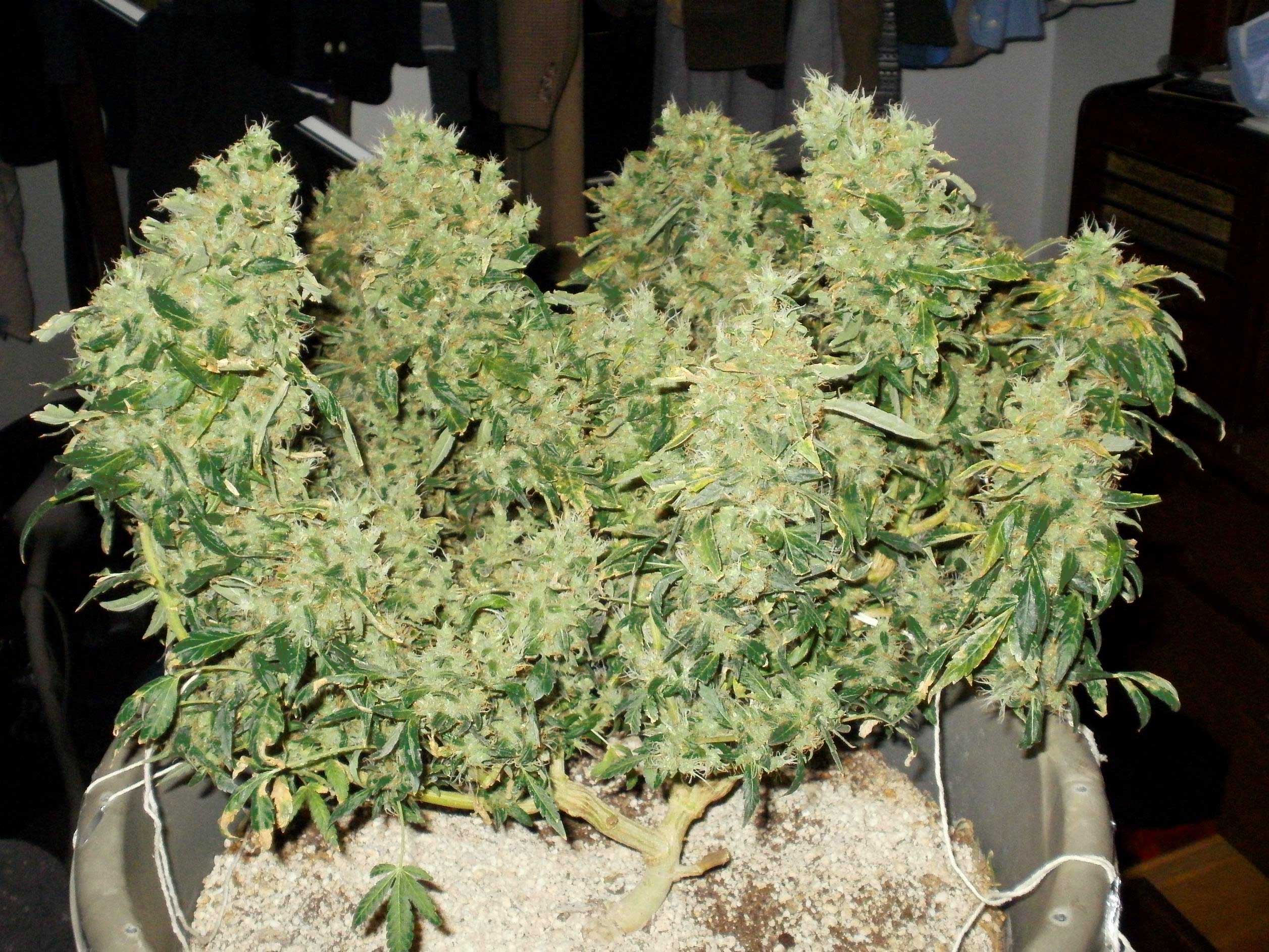Indoor growers can use cannabis plant training to increase their yields. One of the most popular plant-training techniques is known as super cropping. Basically, it means damaging a bud site so that it grows back stronger.
What does super cropping do to the marijuana plant?
When you super crop, you snap branches just below flower clusters. This will cause the bud to lie in a “lop-sided” manner. It may not look safe but the branch will soon recover. While it does, the full length of the bud will be exposed to the light. This will, of course, encourage it to grow as much as it possibly can.
Does super cropping really work?
The official scientific answer is that there is no proof of this. This is because you can’t take the exact same bud site and grow it with and without super cropping. The unofficial answer is that the yields speak for themselves. Use super cropping on a single plant and you’ll see the difference compared to its neighbours. Use super cropping one year and not the other and you’ll see the difference in your harvest. Basically, you’ll be hard-pushed to find an experienced grower who has any doubts about the benefits of super cropping marijuana plants.
When should I start super cropping?
Ideally, you want to start super cropping at the very moment you switch to the flowering stage. There are two main reasons for this. The most obvious reason is that you want to get the maximum value from the approach. Basically, the sooner you get started on super cropping, the longer you have to benefit from it. The less obvious reason is that it will make the stems easier to manage.
The big challenge of super cropping cannabis is hitting that “Goldilocks” point. If you go “too easy” on your plant, you’ll just be wasting your time. If, on the other hand, you go too hard on your plant, you’ll literally break it. Getting it right is a knack which comes with practice. This is why most people start out by trying super cropping on a single plant.
There’s another point to note here. This is that some cannabis strains are easier to super crop than others. In short, strains with brittle, woody stems are a real challenge to super crop. By contrast, strain with more pliable stems are much easier to super crop.
What do I need to super crop my plants?
In principle, all you really need are garden ties. In fact, you could really use any method of plant training, for example, a trellis. Gloves can also be very useful. Even low THC strains can be inconveniently sticky. Finally, a roll of duct tape can do wonders for repairing excess damage.
You may be wondering why we’re not suggesting you use a garden knife. The answer is simple, you’re asking for broken branches. If you’re dealing with a really woody strain, then you might want to try using a knife or pruning scissors. If you do, however, you’re going to have to be really careful with them.
How do you super crop a marijuana plant?
Choose the right branches to super crop
Obviously, you’re looking for branches where there are bud sites. It’s pointless trying to super crop “in advance”.
Pinch the stem
Those three words are the hardest part of super cropping. To begin with, you probably want to err on the side of caution. You won’t achieve your goal of super-cropping, but you won't break off the branch either. Remember, duct tape can repair damage branches. Broken ones, however, are essentially gone for good.
Roll the branch backwards and forwards
Your next challenge is to get the stem to the right level of softness. How much rolling this will take will depend on how firmly you pinched the stem to begin with. Again, it’s all about hitting that sweet spot. You want the stem to be as soft as possible without actually breaking or tearing. As above, duct tape will fix minor issues, but there’s a limit to what it can do.
Gently bend the branch towards the horizontal
The end goal of super cropping is to have each bud horizontal rather than vertical. You are not, however, likely to achieve that at first go. Usually, it will take several rounds of super cropping. The more pliant the stems are, the quicker you will achieve your goal and, of course, vice versa.
Support as necessary
You can use your support to add an extra element of trauma. Keep the link to the support taught and you’ll slow the healing process.
Assess the need for duct tape
We keep mentioning duct tape, but it really is wonderful stuff. It has a dark side and a light side and it binds the universe together. More importantly, it can bind damaged marijuana plants together.
Lather, rinse, repeat
You want to repeat this process as soon as your buds start moving towards the vertical. The reasons for this are the same as mentioned before. Firstly, the quicker you act, the more your buds will benefit. Secondly, the quicker you act, the easier it will be for you. The more time your branch has to repair itself, the tougher it will be. In fact, it will probably be even tougher than it was before you initially damaged it.









